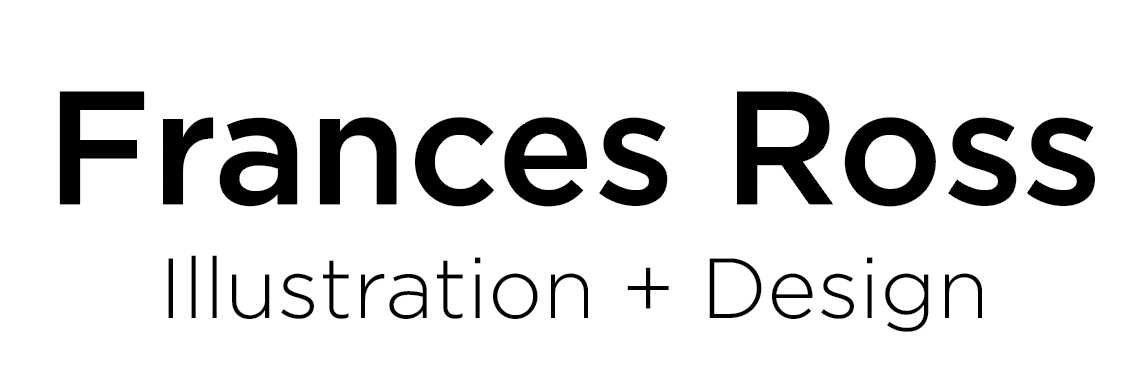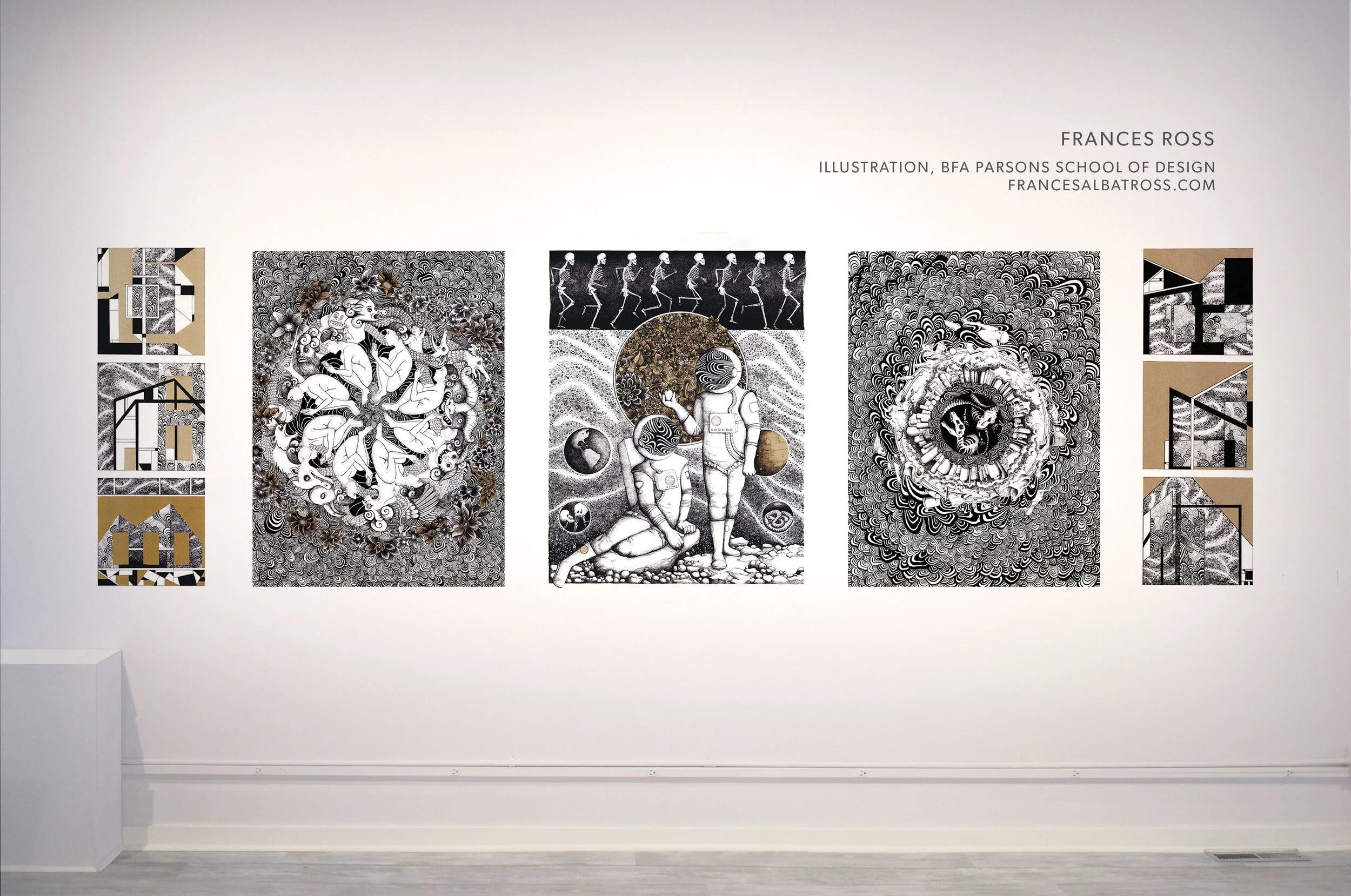Hauntology Illustrations:
Nostalgia for Lost Futures. Ink and Collage.










These illustrations revolve around the theme of Hauntology: The concept that we are haunted by our lost futures, or rather, haunted by the cancellation of better futures due to our current destructive paths. The term “hauntology” was first introduced by philosopher Jacques Derrida in his book, “Specters of Marx,” in which he argued that “Marxism would haunt Western society from beyond the grave.” Writer Mark Fischer later used the term to describe a sort of “nostalgia for lost futures.” My own interpretation of Hauntology revolves around its inherent dichotomy: The study of being and non-being, the past and the future, the present and the absent, and the positive and negative.
As a species our obsession with the future has manifested in varying levels of mundane and fantastical. In most cases, visions of the future were merely representations of the present with outlandish technological advances. The 1700’s saw a future still with bustled skirts and powdered wigs, but with flying machines and weatherproof cities. The sci-fi “golden era” of the 1950’s saw the future as one with unchanging social constructs, but with space exploration, Mars vacation homes, and all comforts available at the click of a button. Philip K. Dick, in many of his writings from the 1970-1980’s, portrayed more dystopian versions of the future: Often where humans live on a poisoned planet, existing within chaotic and elusive realities.
Our current reality has elements from all of these versions: we have technological advances beyond the pasts wildest dreams, yet still have gaping holes in social and environmental advances. We are also are rapidly becoming aware of the irreversible consequences of climate change. Because of this, the future is becoming harder to conceptualize, and the fantastical elements of future imaginings are disappearing. Now, rather than looking to Mars for an exotic vacation, we look to it as a potential “Planet B”— an escape from our own planet’s climate catastrophe. Some react by retreating to a more certain—and comforting—past. Take for instance, the resurgence of 80’s and 90’s nostalgia in both fashion and media. The popularity of “retro” clothing like bell bottoms and grunge style are no longer a counter-culture statement, rather, they are trends without context. In addition, the rise in popularity of TV shows like Stranger Things—set in the 80’s—as well as the live-action remakes of every Disney movie from the 90’s encapsulate this nostalgia perfectly. The past is comforting because of its certainty: It can’t be changed, but can only be played on repeat. By doing this, we create a cultural feedback loop. We look to the past to inform the present, but because our present is informed by outdated ideas, the future becomes a more corrupted version of the past. We are referencing a reference rather than generating new ideas.
This project is an exploration of the destructive paths that our society has taken which slowly destroy the dreams of a better future. The process began by looking at classical art from the 15-1700’s, the architectural motifs from the 1900’s Art Deco movement, and iconography from 1950’s—when the ideas for the “home of tomorrow” and cold war hysteria were at their apex. I also incorporate sci-fi themes like astronauts and space travel. By alluding to classical artworks and biblical references and combining them with futuristic elements, I create a conceptual dichotomy. I then accentuated the visual dichotomy using modular architecture with organic patterning, straight lines with floral collage, ink with cutouts, and black with white space.
By using pen and ink on the original pieces, I reference an archaic form of art making. The process itself became self-referential too—as the pieces progressed they delved further into abstraction. This became a meditation on exploring my own anxieties over an uncertain future. An anxiety which manifested in obsessive mark making, meditative mandalas, and fragmented dreamscapes. Wave patterns create undulating vortexes linking the illustrations by a common thread. Each illustration is a snapshot, loosely connected to one another, but never quite engaging; this is a representation of our own fragmented reality. The lines become ghosts, existing within the past, the present, and the future, simultaneously.

